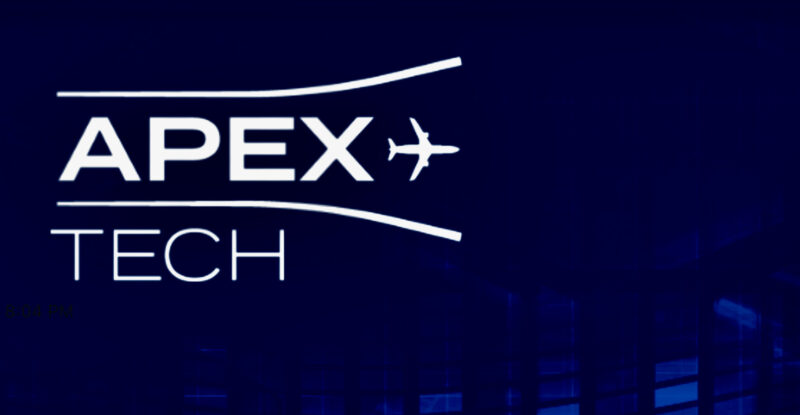APEX TECH: Michael Childers leads forward-looking session on the future of the IFE/IFC Convergence
Share
APEX TECH: Wrapping up the third part of day two’s panel discussions/workshops on the convergence of IFE and IFC, Michael Childers, Chief Consultant, Content and Media Strategy, Lufthansa Systems led a session that focused on the road ahead for a fully-integrated supply chain.
Officially entitled The Convergence of IFE and Connectivity: The Road Ahead for a Fully-Integrated Supply Chain, the session panelist included Siegfried Luft, CEO, Netskrt; Michael Stattmann, Co-Managing Director, Chief Technical Officer, ABOVE; Scott Rees, Sr. Director of Connectivity Ops, Panasonic; André Valera, VP of Business Development, Touch, ABOVE; and a handful of others from day two’s previous sessions, who chimed in from the audience via a roving microphone.

Collaborative and open in the extreme, the session focused on what panelists felt the future of a fully-integrated IFE and connectivity in-flight experience might actually look like.
At the outset of the discussion, Childers posed questions on a variety of topics, including: How will the convergence be implemented? What are the possible business models? Who is curating the content? How much bandwidth will be available and at what cost? Is there room for traditional IFE to be delivered via seatback if D2C-IFE is available via PEDs? Will airlines still be paying license fees? And finally, what role “smart” metadata will play in the convergence?
“OK, guys, we’re five years down the road now, what does the IFE landscape look like?” Childers asked the group.
As expected, opinions varied about many of the subjects, including whether airlines would fully support a “bring your own solutions” model, and if that model would even be sustainable on long haul, international flights.
But the panelists did seem to agree that the fact that so many of the different solutions require different supply chains – many of which are not evolving at the same speed or concurrently – there are many different, dynamic aspects to consider.
Panasonic’s Rees clarified things further. “I don’t think there’s going to be one solution. I saw a quote on the slides from the previous panel that said: ‘The Holy Grail is that the pipe becomes the IFE.’ I don’t think that’s true. I think when we think about the problem we’re solving or the solutions we’re trying to provide there’s more than one persona that we’re trying to serve to. So, I think it’s going to be a mix of all these solutions.”
The other element to consider, added Rees, is that the connectivity pipe and content is not just about entertainment but also about the access that airlines have to their passengers. The differentiation that specific airlines want to drive with the experience they provide their passengers is also very important.
“I think this ties into some of the partnership discussions we were having yesterday, I don’t think it’s gonna be just airlines dictating what gets shown or, you know, the streaming providers saying: ‘Here’s what needs to be shown,’ I think it’s probably similar to the JetBlue-Peacock example that was raised this morning. It’s going to be a shared opportunity for both to build their brands together.”
After a lively and often hugely-entertaining Q&A that covered everything from watching When Harry Met Sally in-flight and TikTok to the potential for Tesla-style dynamic system updates to the plane, Childers summed up the forward-looking discussion perfectly.
“What I would say,” noted Childers. “Is that we need to keep innovating in this space because it’s not going to go away. And I think in the end, [IFE-IFC convergence] is going to be a mix of all of these things.”


